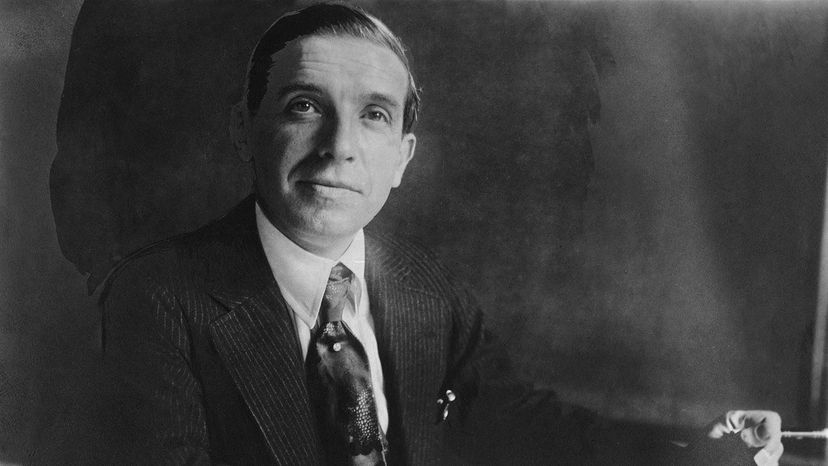India's most notorious and celebrated con man has been credited with "selling" the Taj Mahal to clueless tourists, forging the signature of Indian President Rajendra Prasad, and escaping from prison at least eight times, including once in a guard's uniform. Born Mithilesh Kumar Srivastava, India's "king of cons" was better known as Natwarlal.
Natwarlal was a gifted forger and actor. One of his favorite cons was to pose as a personal assistant to a dignitary or politician and enter a jewelry store, placing a large order for expensive watches to be presented in a special government ceremony. When it came time to pay for the watches, Natwarlal would arrive in a chauffeured car and drive the jewelry store clerk to a bank, where Natwarlal would emerge with a perfectly forged cashier's check for the full amount. By the time the check bounced, Natwarlal was long gone.
Natwarlal boasted that no prison could hold him for more than a year, and that wasn't an exaggeration. He was sentenced to 113 years behind bars for dozens of scams, but only served 20 of them. His most brazen escape came in 1957 when he broke out of the Kanpur jail in a smuggled guard's uniform and paid off the guards with a suitcase filled with cash that turned out to be old newspapers. Another time he faked a kidney ailment in police custody and persuaded his captor to take him to a posh hotel where he allegedly staying, so he could get money to pay the doctor. At the hotel, he gave his captors the slip.
In India, a particularly gifted swindler is called a "Natwarlal" in honor of the legendary thief, who was also the inspiration behind the 1979 Bollywood thriller "Mr. Natwarlal." He died either in 1996 or 2009, depending on whether you believe his brother or his lawyer. Even in death, the con continued.





